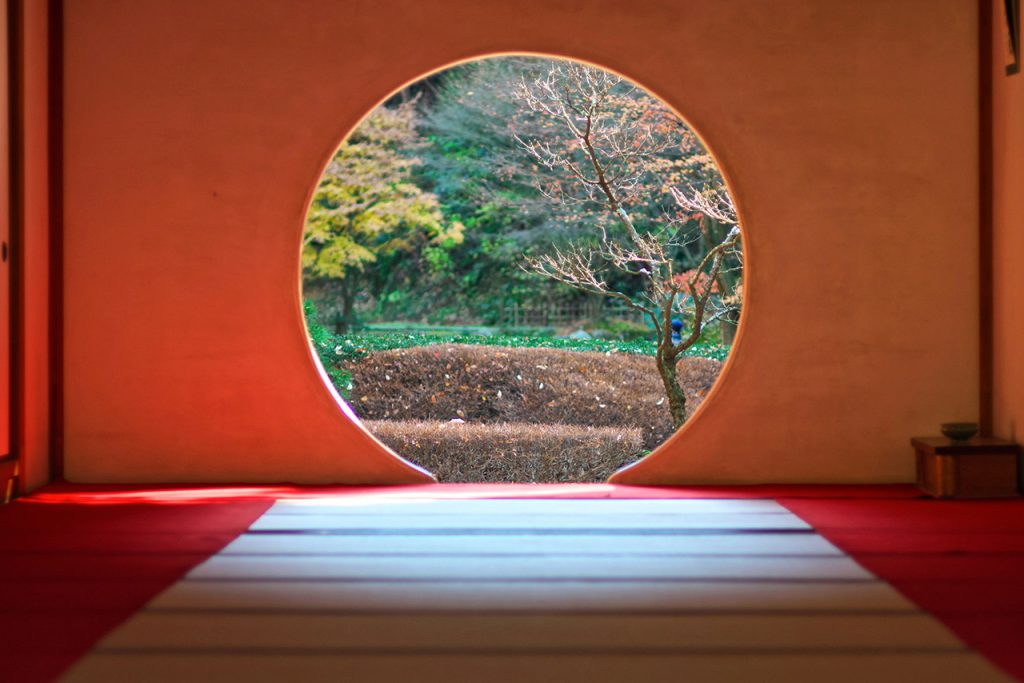
“Western beauty is radiance, majesty, grandness and broadness. In comparison, Eastern beauty is desolateness. Humility. Hidden beauty.” So says kendo sensei Shozo Kato in a video by The Avant/Garde Diaries. “Desolateness” is used in the subtitles when the Japanese Kato actually uses is wabi-sabi 侘わび 寂さび.
In his book, Wabi-Sabi for Artists, Designers, Poets & Philosophers, Leonard Koren describes it as occupying “roughly the same position in the Japanese pantheon of aesthetic [that is, the philosophy of beauty] values as do the Greek ideals of beauty and perfection in the West.”
Originally, wabi’s main feeling was of loneliness. The Japanese have a knack for thinking up words that describe specific feelings, and this is one of them.
Sabi 寂さび, on the other hand, is a bit simpler, It has been described as “chill,” “lean,” or “withered.”

“An active aesthetical appreciation of poverty … To be satisfied with a little hut, a room of two or three tatami mats, like the log cabin of Thoreau, and with a dish of vegetables picked in the neighboring fields, and perhaps to be listening to the pattering of a gentle spring rainfall.”
More than anything he stresses this philosophy is a deliberate choice. The samurai and wealthy merchants had the option to drape gold over everything (sometimes literally). But they chose to use simple tools and architecture instead.
R E S T R A I N T .

We can link it to the “Three Marks of Existence,” or sanbōin 三法印さんぼういん that are described in Buddhist teaching.
Roughly, they describe how all things have impermanence (mujō 無常むじょう), suffering (ku 苦く), and emptiness, or absence of self (kū 空くう). Buddhism tells us wisdom comes from making peace with these marks, as they are intrinsic to our natures, and wabi-sabi can be seen as a way of practicing this peace and acceptance.
- Impermanence has probably the clearest link: one embraces the wear, tear, and sometimes damage that comes with age. One accepts an object will change as they use it.
- Suffering too can be linked to damage, again in the acceptance that wear and damage is possible and likely as part of normal life.
- Absence of self is the hardest, but I would argue we can find this in the appreciation of objects as a process or state, moving either from or towards nothingness.
Source: https://www.tofugu.com/japan/wabi-sabi/
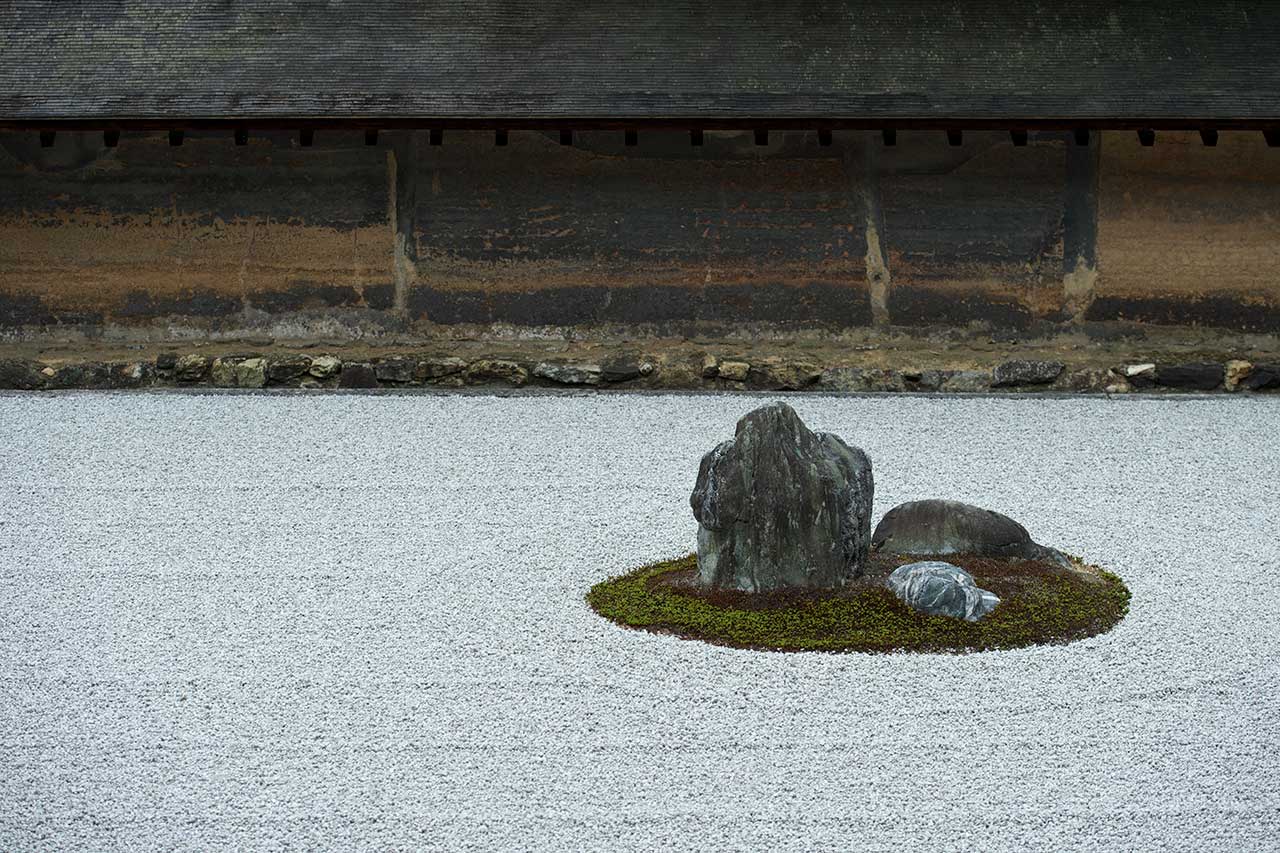

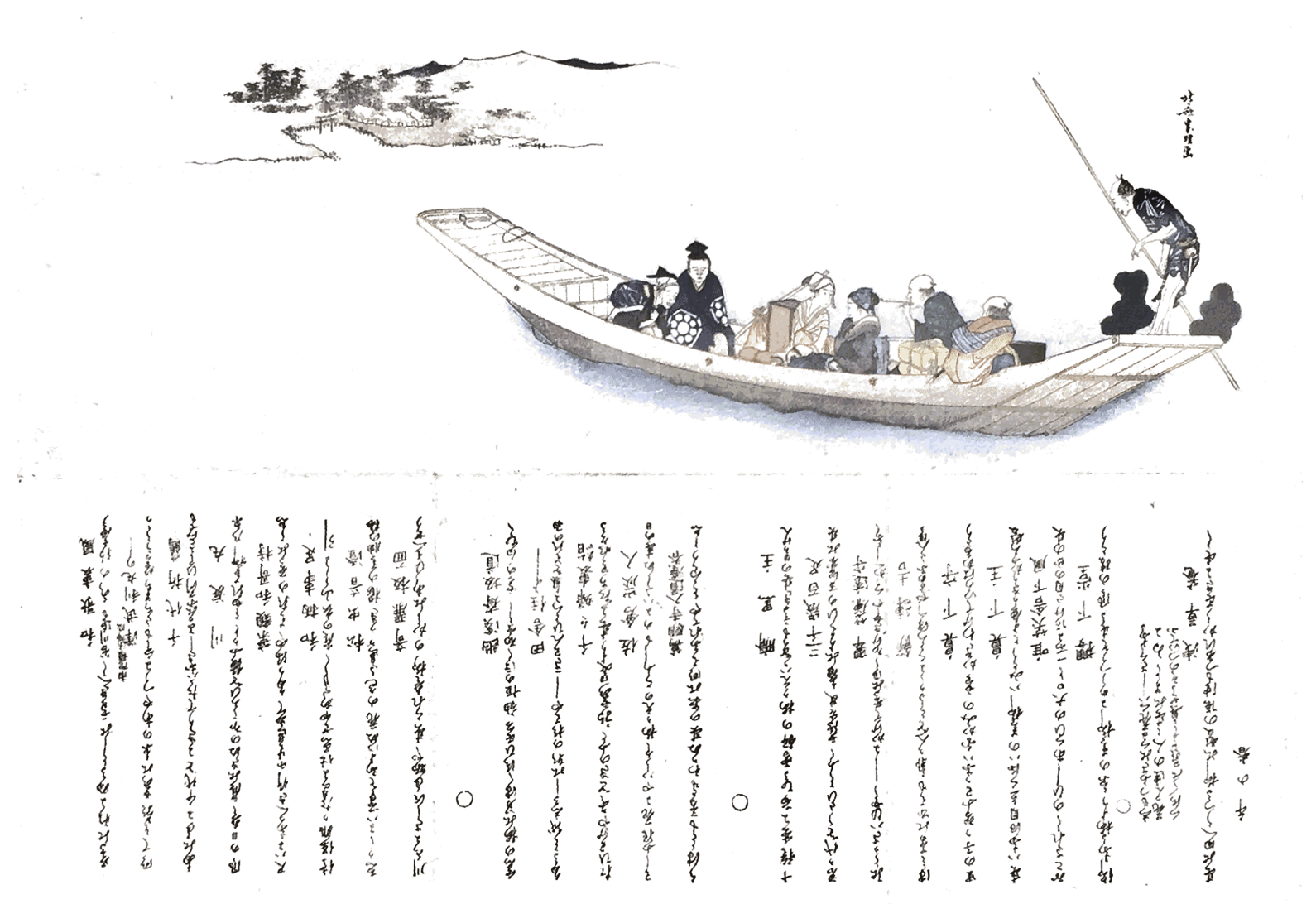
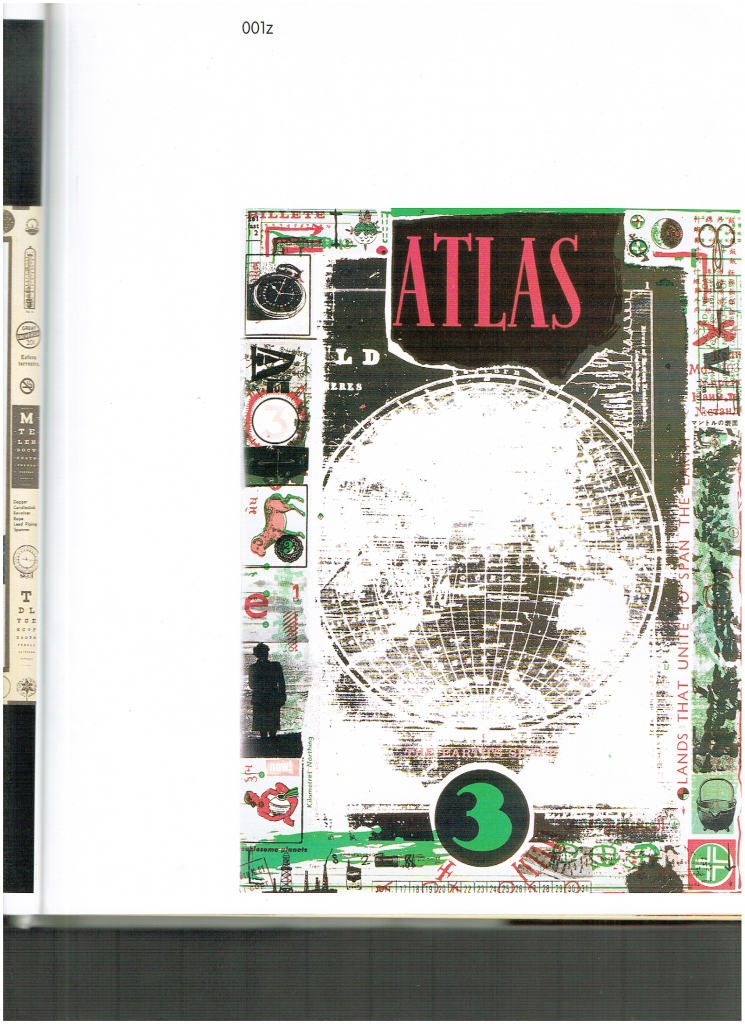
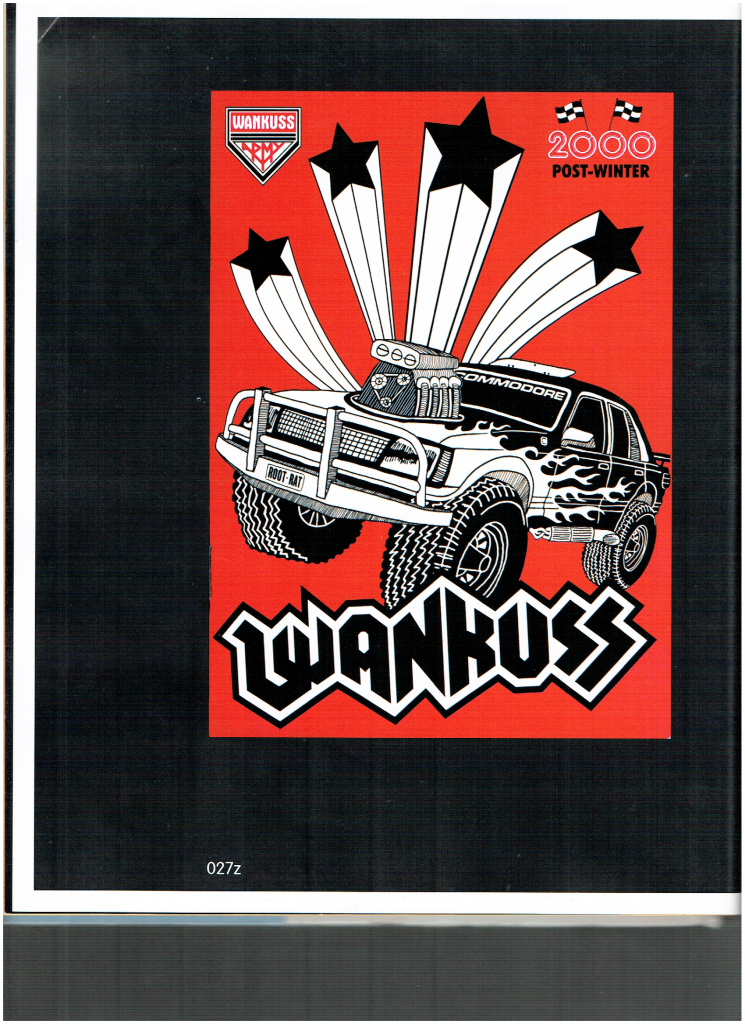
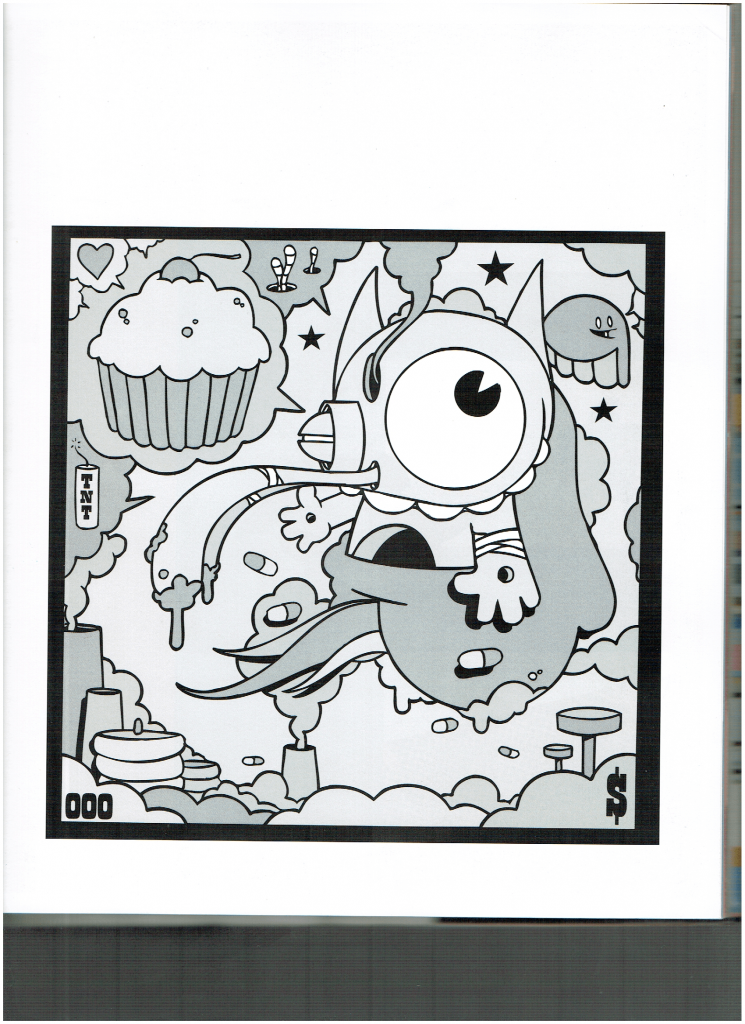
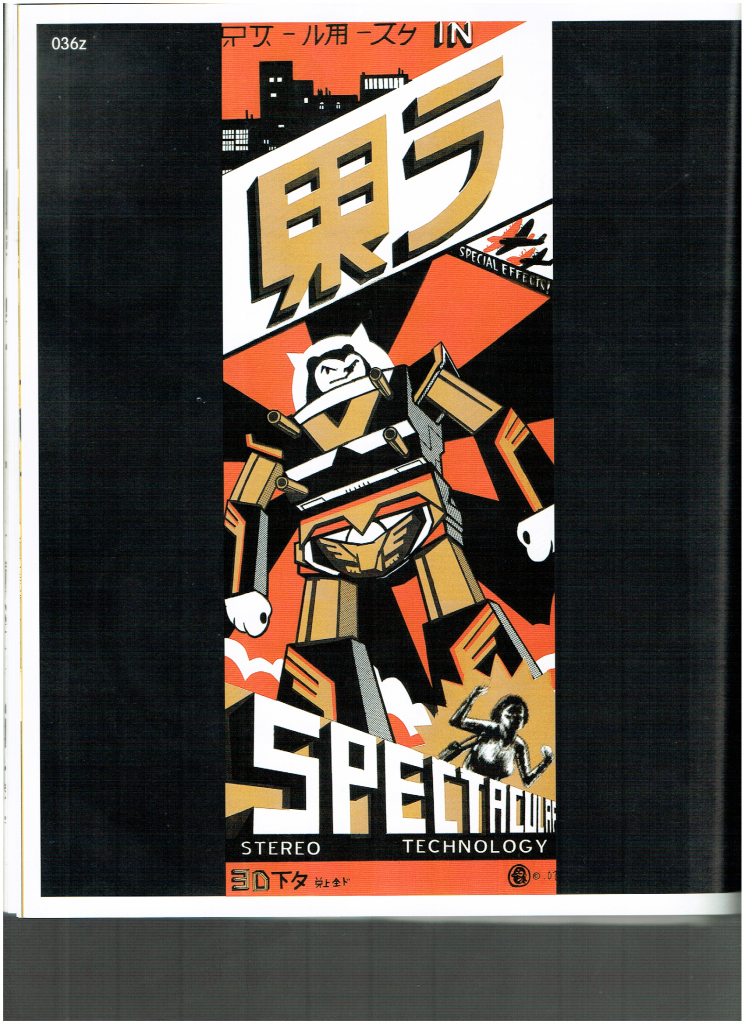
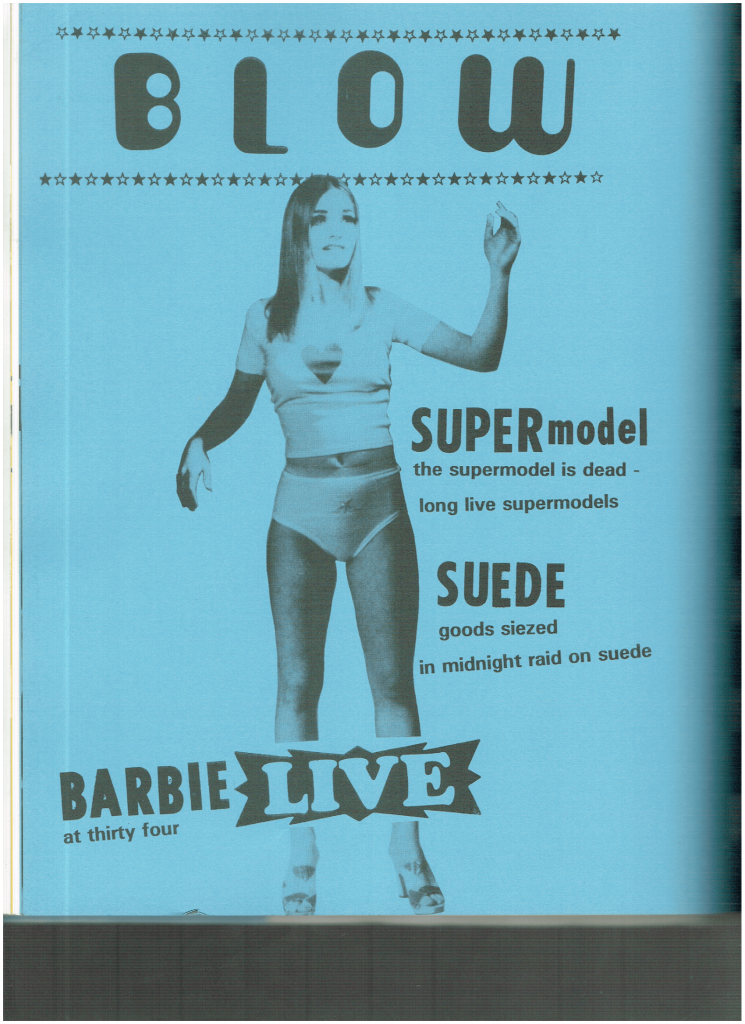
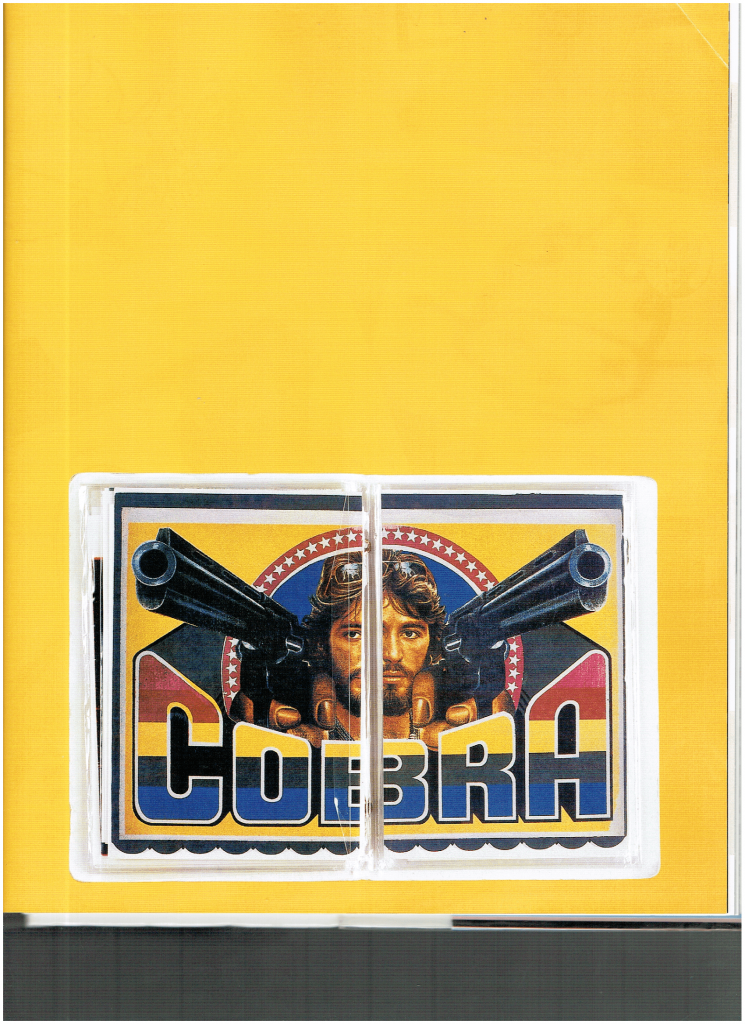
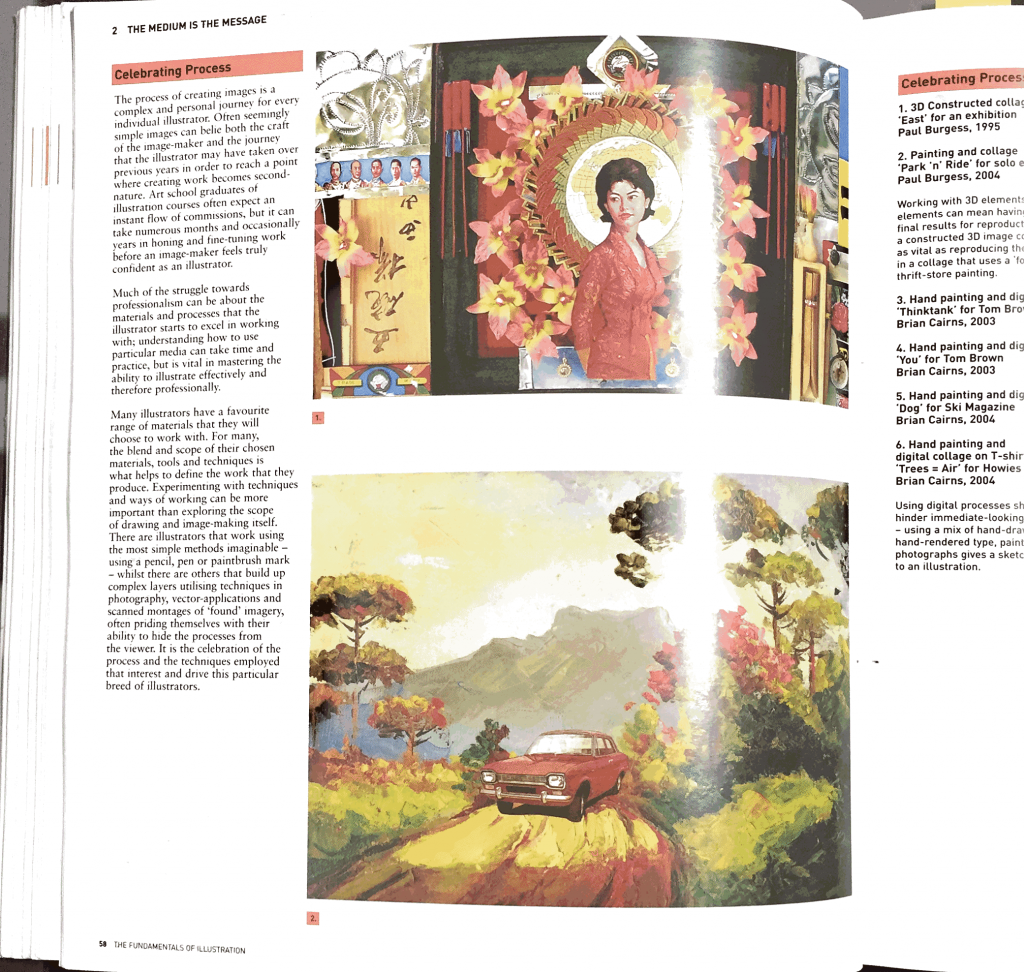
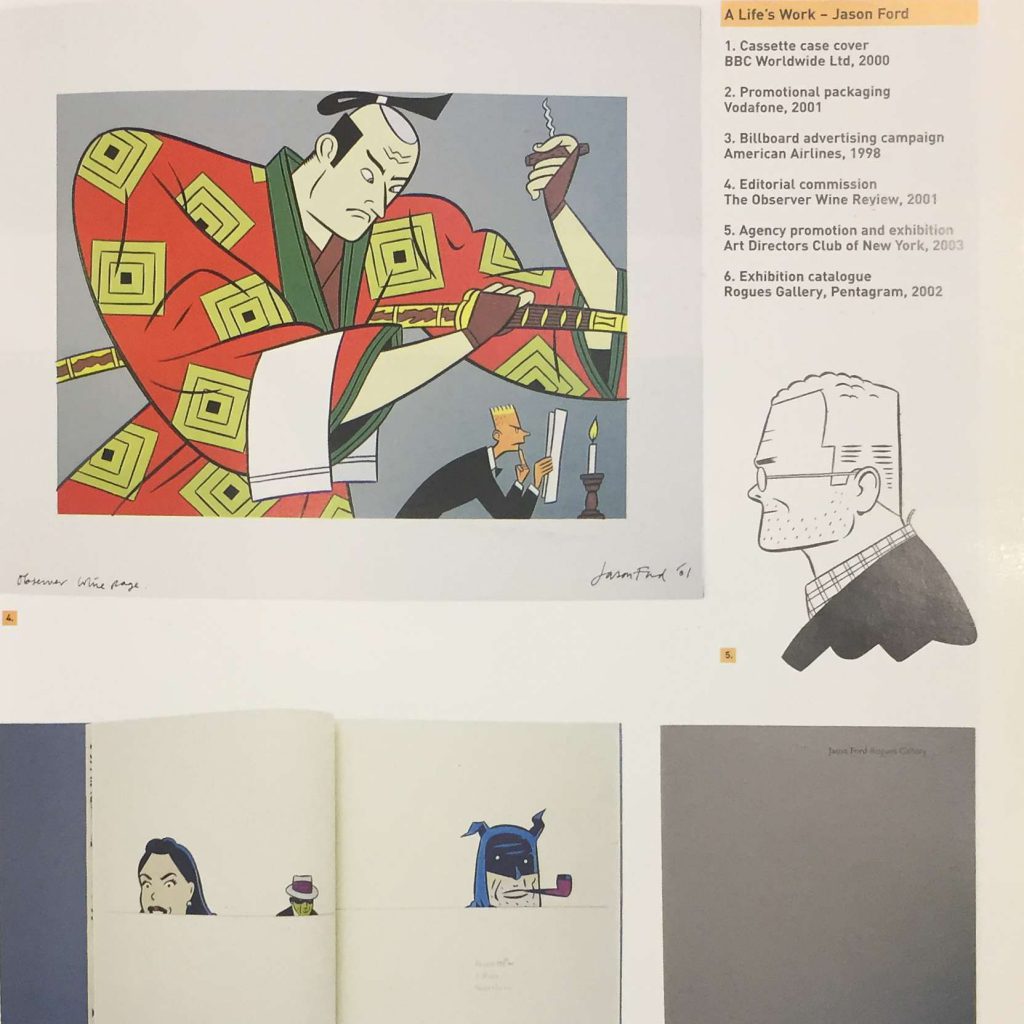
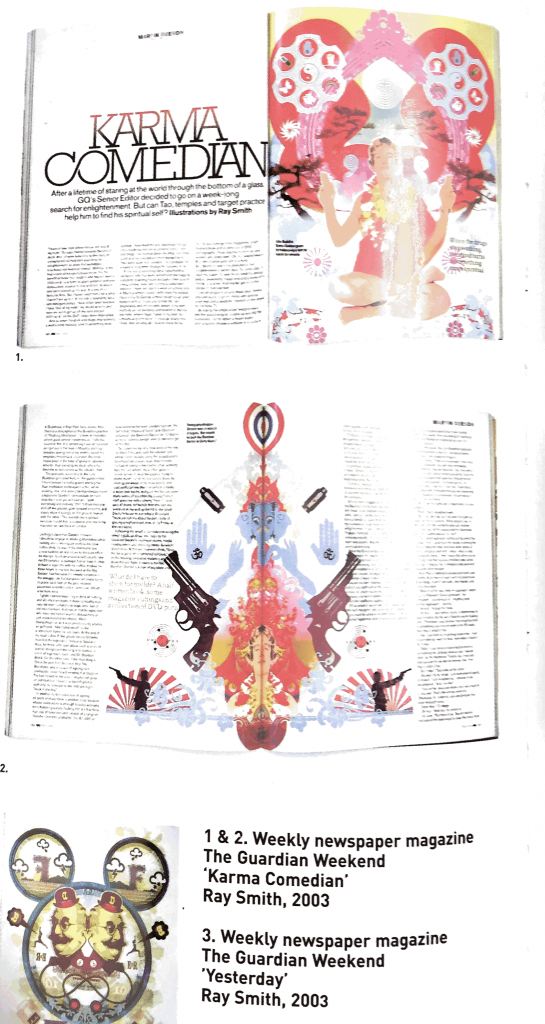
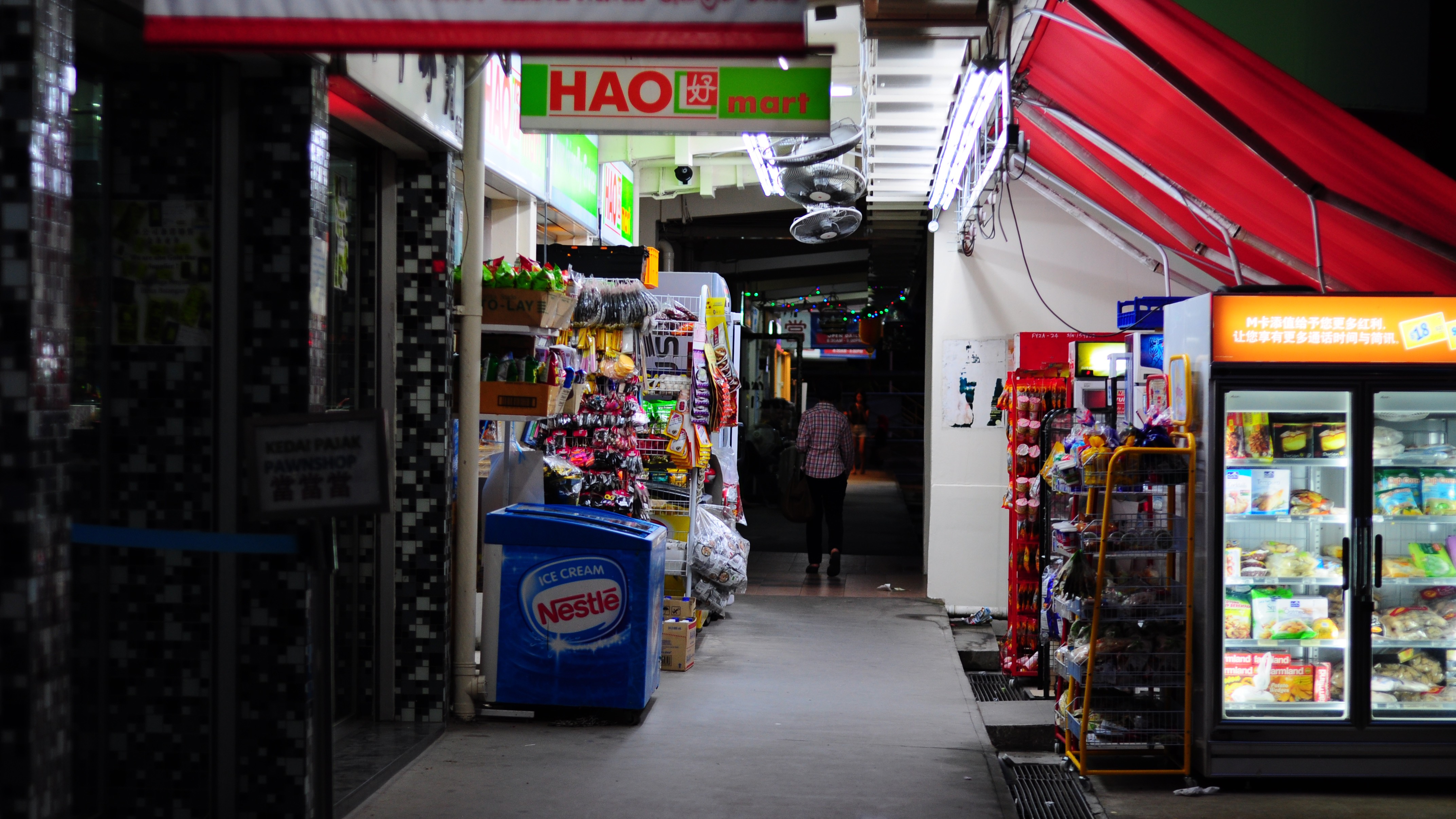


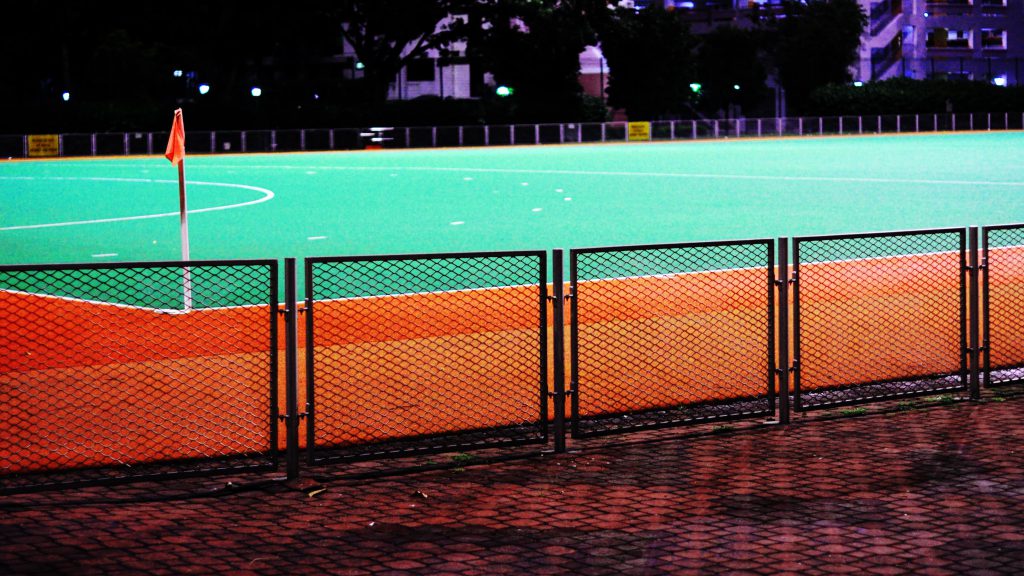














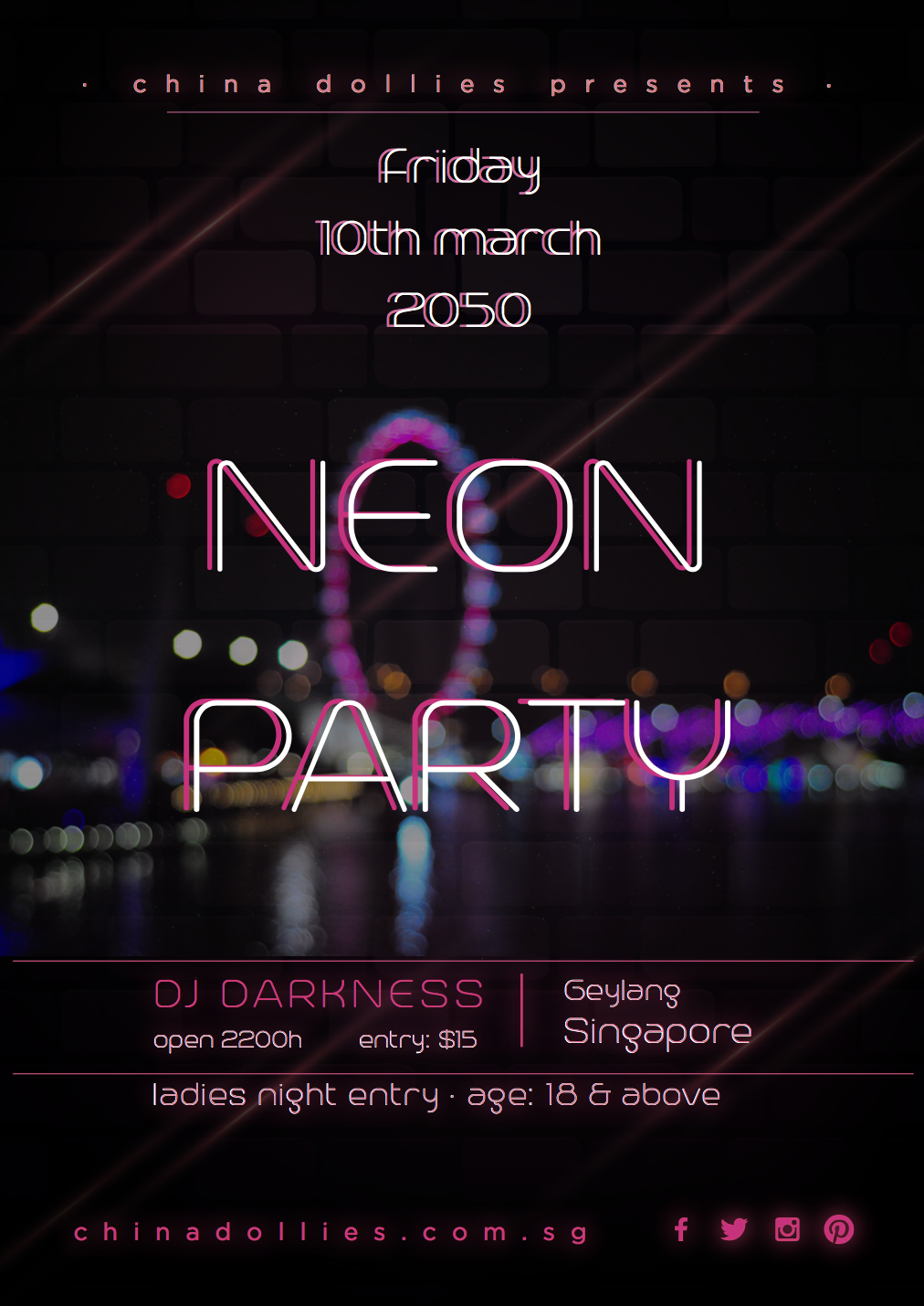

Recent Comments